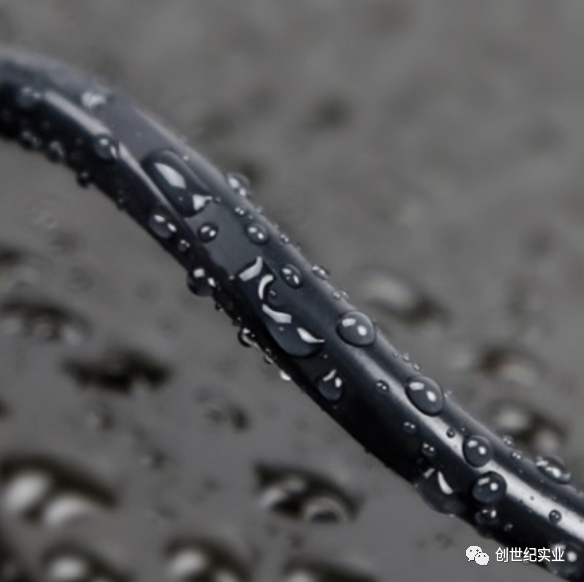- All
- Product Name
- Product Keyword
- Product Model
- Product Summary
- Product Description
- Multi Field Search
Views: 0 Author: Site Editor Publish Time: 2023-12-22 Origin: Site









Silicone structural adhesive is a single component, neutral curing, designed specifically for bonding and assembling glass structures in building curtain walls. React and solidify with moisture in the air to form excellent, durable, and highly elastic silicone adhesive.
It plays a very important role in glass curtain wall construction projects, and quality cannot be ignored. The editor will take you to see how the quality issues of silicone structural adhesive affect glass curtain walls.
 |  |  |
01 Performance requirements for silicone glass adhesive
Silicone structural adhesive is commonly used in concealed frame glass curtain wall buildings, where the entire piece of glass is covered on an aluminum frame to form a large reflective surface of the glass. Relying solely on riveting components to connect glass and aluminum, silicone structural adhesive plays a reinforcing role in the assembly structure, supporting the vertical downward gravity of the glass.

Therefore, the performance requirements for silicone structural adhesives must be high in strength, able to withstand large loads, and resistant to aging, fatigue, corrosion, and stable performance within the expected lifespan.
02 Quality issues with silicone glass adhesive
The most direct impact of quality issues with silicone structural adhesives is their low adhesion, displacement ability, and aging resistance, making them unable to withstand high-strength pressure for a long time. The worst-case scenario may result in the entire glass falling off.
When encountering typhoon weather, the pressure of the wind is directly transmitted through the glass to the silicone structural adhesive, and the bonding force is not strong enough, which can cause the glass to break.

03 Compatibility test
There is a compatibility problem between the structural adhesive and the aluminum, glass and foam strips to be bonded, so compatibility test is required. The experimental results indicate that the structural adhesive is incompatible with one of the three materials, and even during the bonding process, all strength indicators meet the requirements.

After six months or a little longer, the silicone structural adhesive will begin to change color and deteriorate into a liquid state, losing its bonding ability, and the glass will fall off, causing serious consequences. So to ensure the long-term bonding ability of silicone structural adhesive, compatibility tests must be conducted.
In the early years, China still had a blank space in the field of structural adhesives, almost all of which were imported products. After China's accession to the WTO, Chinese sealant enterprises have achieved rapid development with the rise of the silicone industry.
 |  |  |